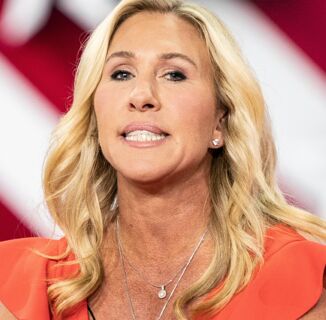Queerness is an ongoing struggle. For those of us in the LGBTQ rainbow, coming out and accepting who we are is a struggle not only internally, but one influenced by an external society that makes us feel our queerness need exist in collaboration; a society that tells us our existence is an affront to a natural order as determined by whatever set of personal convictions or beliefs others may hold.
Queerness is everywhere and that is why worldwide efforts such as International Day Against Homophobia, Biphobia, Intersexism and Transphobia are so important. These annual celebrations remind us that queer existence is global, and so are a lot of our struggles.
Queerphobia is everywhere. It comes in many forms, and over the years, its most violent forms have racked upa large body count and even larger following. From legislation to religion, queer people find themselves victims of bigotry at the hands of those who claim to be authorities of civilized and just existence. Same-sex marriage is recognized by law in dozens of countries, but that is really just a drop in the bucket when looking at the oppression of queer people on the whole. Homophobia, biphobia, intersexism, and transphobia run rampant.
The natural propensity on a day like International Day Against Homophobia, Biphobia, Intersexism, and Transphobia is not only to look outward at all the bigotry we receive as a queer people from a heterosexual-dominated society, but inward as well.
The LGBTQ community so often appeal for calls of unity; that we as a queer community must stand firm and together against the tyranny of heterosexual oppression. While that is true, we must also stand firm and together against that sort of tyranny within our community as well. Our community is not short on needs for improvement and introspective recognition of the ways that we perpetuate homophobia, biphobia, intersexism, and transphobia from within.
We need to recognize the ways that we perpetuate homophobia, biphobia, intersexism, and transphobia from within.
Queerphobia, as it operates in the queer community, comes from a variety of places and is underscored by a lot of internal conflicts, lack of understanding, and an echoing of other primitive oppressive beliefs. Queer people pass on queerphobia for a variety of reasons influenced by our individual experiences, but also our ability to exercise whatever privilege we may have. We are scarred by a world that has consistently told us in grave detail that we aren’t good enough, which we then pass it on to each other. The LGBTQ community is vastly diverse by design, and that diversity accounts for so much of what makes the community beautiful. It also makes for a community that needs to work actively at learning about one another in order for every color under our rainbow to shine beautifully.
Our experiences of queerness are all obviously heavily shaped by our environments, personal relationships, and sense of community. That community is what many queer youth may expect as they make the brave leap at self-acceptance and eventual coming out, but aren’t necessarily sticking the landing. Creating a supportive community comes with an active learning curve and a lot of listening as to how we can best serve each other. It takes recognizing what privileges you have (if any) and how to use them to serve not only yourself, but others. It takes a not just a mild curiosity, but a genuine desire to understand and get to know those you share the community with and championing their success as you would your own.
An ability to exercise some amount of privilege is a key factor in how we as queer people are perpetuate queerphobia within the community, naturally making gay men some of the most notorious perpetrators. Amongst gay men, homophobic beliefs are often outwardly expressed ideals and used to antagonize other gay men. Whether it be bottom-shaming or femmephobia, it’s important to recognize that these internalized homophobic beliefs stem from other types of oppression including, but not limited to, misogyny.
That misogyny not only finds itself operating within the community as gay men attack and deride each other over their gender expression, but also outward, as we pass it on to trans women. Gay men have launched campaigns to get the T removed from the LGBTQ acronym and our activism for trans women could use a vast improvement. Biphobia, lesbophobia, TERFs, and other methods of exclusion have always made their way through our community and it’s important that we work to erase them. And like communities outside of ours, we are also burdened with racism, shaming of sex work and other forms of in-fighting that keep us from being able to accomplish liberation. In short, we can and should do better.
The LGBTQ community empowers, uplifts, and enlightens those within it and outside of it. Its majesty lies in its diversity and willingness to defy the expectations put on it by those who’d rather see its light burn out. So on days like International Day Against Homophobia, Biphobia, Intersexism and Transphobia it’s a good time to remember that we should look inward as well to make sure that we’re being our community’s heroes despite our individual experiences. That we take our individual lights and shine them on each other instead of trying to dim them out.
Don't forget to share:
Help make sure LGBTQ+ stories are being told...
We can't rely on mainstream media to tell our stories. That's why we don't lock our articles behind a paywall. Will you support our mission with a contribution today?
Cancel anytime · Proudly LGBTQ+ owned and operated
Read More in Impact
The Latest on INTO
Subscribe to get a twice-weekly dose of queer news, updates, and insights from the INTO team.
in Your Inbox













